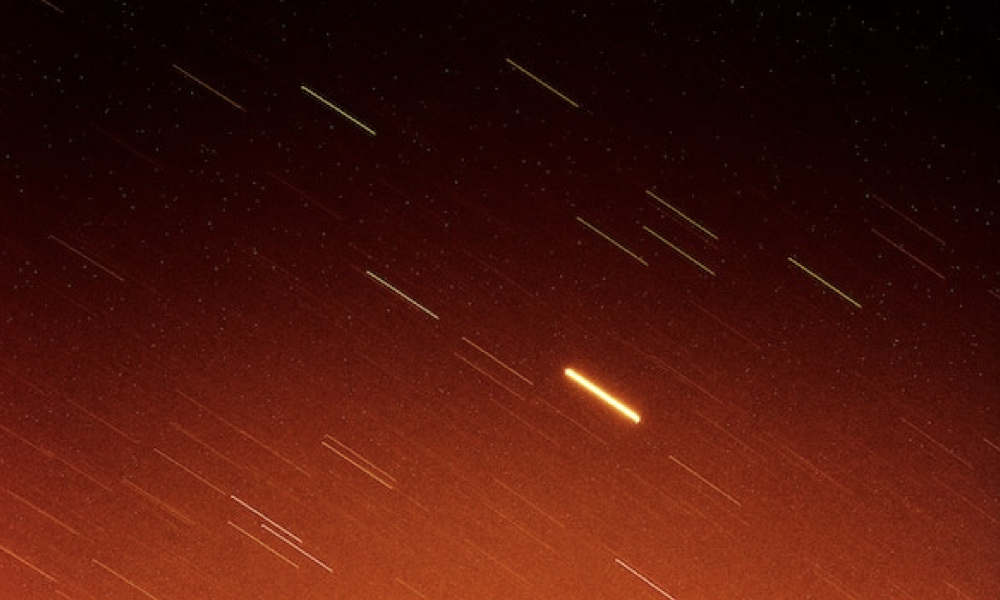
ESA Open Invitation to Tender AO8958
Open Date: 20/07/2017
Closing Date: 03/11/2017 13:00:00
Status: ISSUED
Reference Nr.: 17.1TT.17
Prog. Ref.: CC for Advanced Tech
Budget Ref.: E/0505-01C – CC for Advanced Tech
Special Prov.: BE+DK+FR+DE+IT+NL+ES+SE+CH+GB+IE+AT+NO+FI+PT+GR+LU+CZ+RO+CA
Tender Type: C
Price Range: > 500 KEURO
Products: Satellites & Probes / Propulsion / Electric Propulsion ¿ BB / Thruster module (Plasma/Ion Thrusters), Xenon Flow Control Unit, ¿ *For Thruster Pointing See Mechanisms
Techology Domains: Propulsion / Chemical Propulsion Technologies / Liquid Propulsion Systems
Establishment: ECSAT
Directorate: Directorate Telecom & Integrated Applica
Department: Telecom Technologies,Product&Systems Dep
Division: Technologies and Product Division
Contract Officer: Dean, Andrea
Industrial Policy Measure: C2 – Activities in open competition, significant partecipat…
Last Update Date: 20/07/2017
Update Reason: Tender issue
Objective: The objective of the activity is to demonstrate, by test on breadboard hardware, the operation and performance of a hollow cathode, suitable for all types of electric propulsion systems, using Krypton propellant. The design objective should focus on reducing complexity while maintaining performance and lifetime.Targeted Improvements: A cathode life of greater than 10,000 operating hours and 7,500 cycles.Stable operation on Krypton propellant.Description: The next generation of Electric Propulsion systems may use krypton as propellant. This change in propellant becomes necessary because of the very high cost of Xenon. To date, work has been performed in evaluating the performance of electric propulsion thrusters on Krypton propellant, but this work has not included operation of the hollow cathode on the new propellant. Although thruster performances look interesting on Krypton, it is necessary to evaluate the operation and performance of the hollow cathode on the new propellant, since the operation and performance of the hollow cathode is critical in ensuring good overall performance and lifetime of the thruster system.Existing hollow cathode technologies have been predominantly operated with Xenon propellant. Limited data may exist for some devices when operating on Krypton, but more extensive studies are needed.During the experimental studies it is envisaged that a number of configuration changes shall be made to investigate the effects of e.g. changes in orifice diameter and keeper configuration, as well as studying the performances overa wide range of operating conditions.Given the emphasis on development of a low complexity product for the telecoms market, the work should include an assessment of design for manufacture and acceptance test optimisation. Thus, a hollow cathode design assessmentshall be performed, including a validated thermal model of the emitter core cathode elements. A cathode breadboard shall be designed, developed, manufactured and tested to validate the design concept and the expected performance improvements. The cathode shall be suitable to be used on a range of electric propulsion thrusters.Procurement Policy: C(2) = A relevant participation (in terms of quality and quantity) of non-primes (incl. SMEs) is required. For additional information please go to EMITS news “Industrial Policy measures for non-primes, SMEs and RD entities in ESA programmes”.
If you wish to access the documents related to the Invitation to Tender, you have to log in to the ESA Portal.
